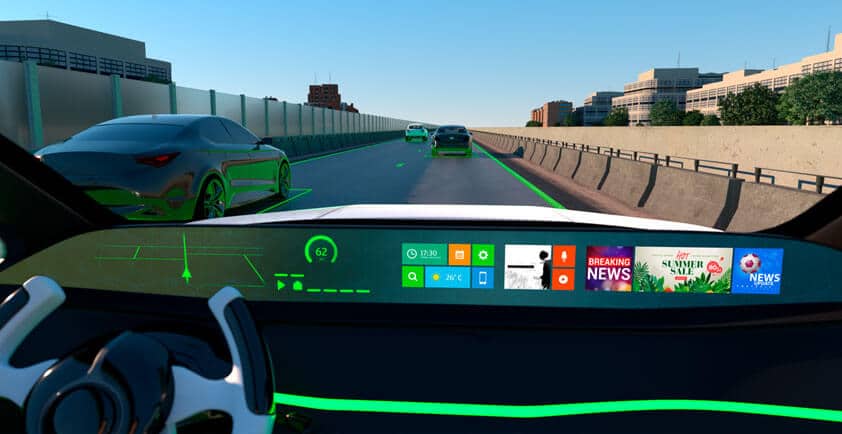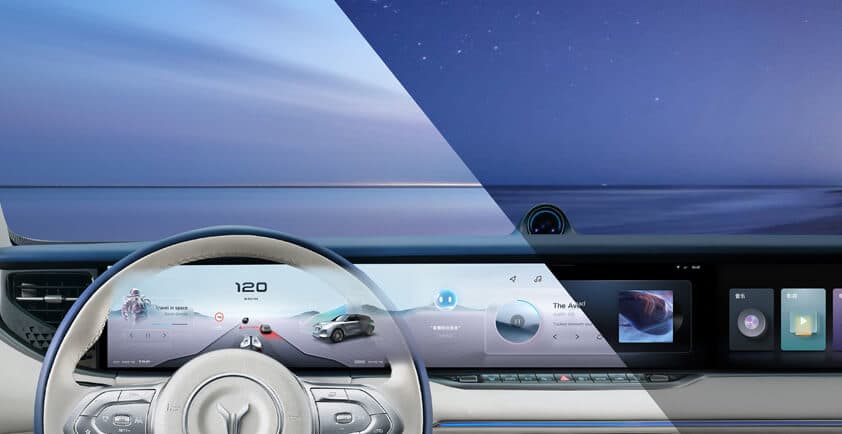

BLACKBERRY, GOOGLE AND QUALCOMM JOIN FORCES TO DRIVE ADVANCEMENTS IN NEXT-GENERATION AUTOMOTIVE COCKPITS
>> Automakers Empowered to Accelerate Cockpit Development Timelines
WATERLOO, CANADA – BlackBerry Limited today announced the availability of a QNX® Hypervisor and VIRTIO-based reference design to virtualize Android Automotive OS on the 3rd Generation Snapdragon® Automotive Cockpit Platform, helping automakers to deliver the ultimate cockpit experience while accelerating time to market.
The automotive industry is consolidating disparate in-cabin functionality such as digital instrument clusters, infotainment and heads-up display into unified digital cockpit architectures all running on a single, extremely powerful underlying system-on-chip (SoC). This mixed-criticality architecture tightens the integration between previously discrete in-cabin functionality to deliver a cockpit domain controller solution supporting a unified user experience for the consumer while simultaneously reducing overall cost.
VIRTIO is an open standard that defines the interface between Android Automotive OS and the underlying hypervisor to deliver the full Android Automotive OS experience. The combination of the QNX Hypervisor and QNX’s VIRTIO implementation allows Android Automotive OS to run out of the box without modification. This allows systems deployed in the field to easily upgrade to newer versions of Android Automotive OS as they are released.
While the VIRTIO interface is standardized, the implementation of the interface is not. The BlackBerry QNX reference has been extended to support dynamic graphics sharing between Android Automotive OS applications in the infotainment domain and the digital instrument cluster, shared Vulkan drawstream support and system-wide audio management to holistically manage all sound within the vehicle. The BlackBerry QNX VIRTIO implementation adds 10 additional virtual devices to the existing 25 currently available in the QNX Hypervisor family of products.
The QNX hypervisor-based reference design incorporates an infotainment system powered by Android Automotive OS and a digital instrument cluster virtualized by the QNX Hypervisor and running on a single Snapdragon Automotive Cockpit Platform. This architecture will also allow automotive manufacturers to enjoy the freedom from interference necessary to achieve safety certifications while delivering the full Android Automotive OS experience.
The reference design demonstrates fast-boot and sharing of audio, graphics, video (camera), touchscreen, vehicle HAL sharing, USB and streaming video between the digital instrument cluster and the infotainment system powered by Android Automotive OS enabling Tier 1s and OEMs to deliver the ultimate cockpit experience.
The QNX cockpit reference design is available now as part of the QNX Advanced Virtualization Frameworks.












